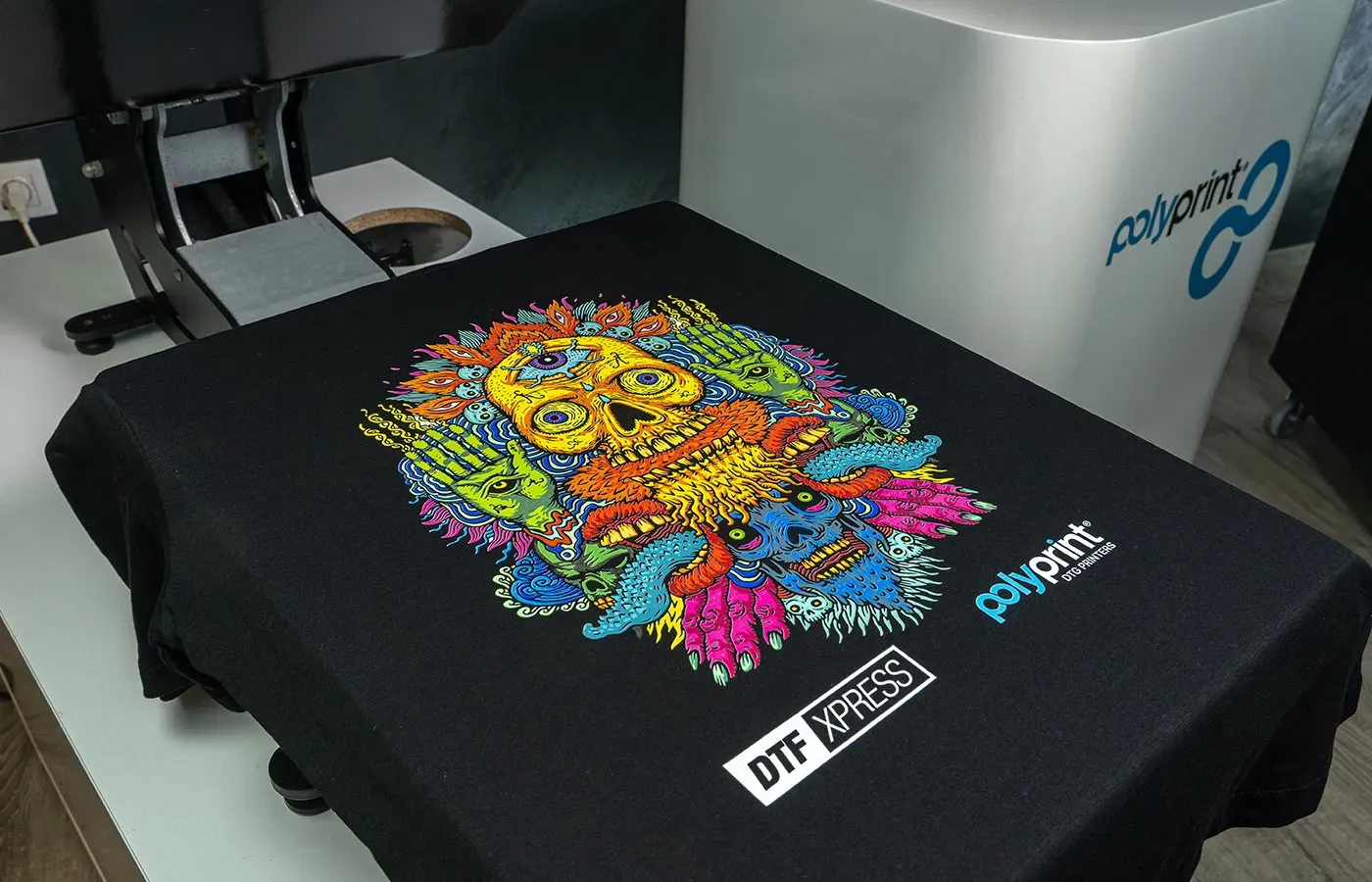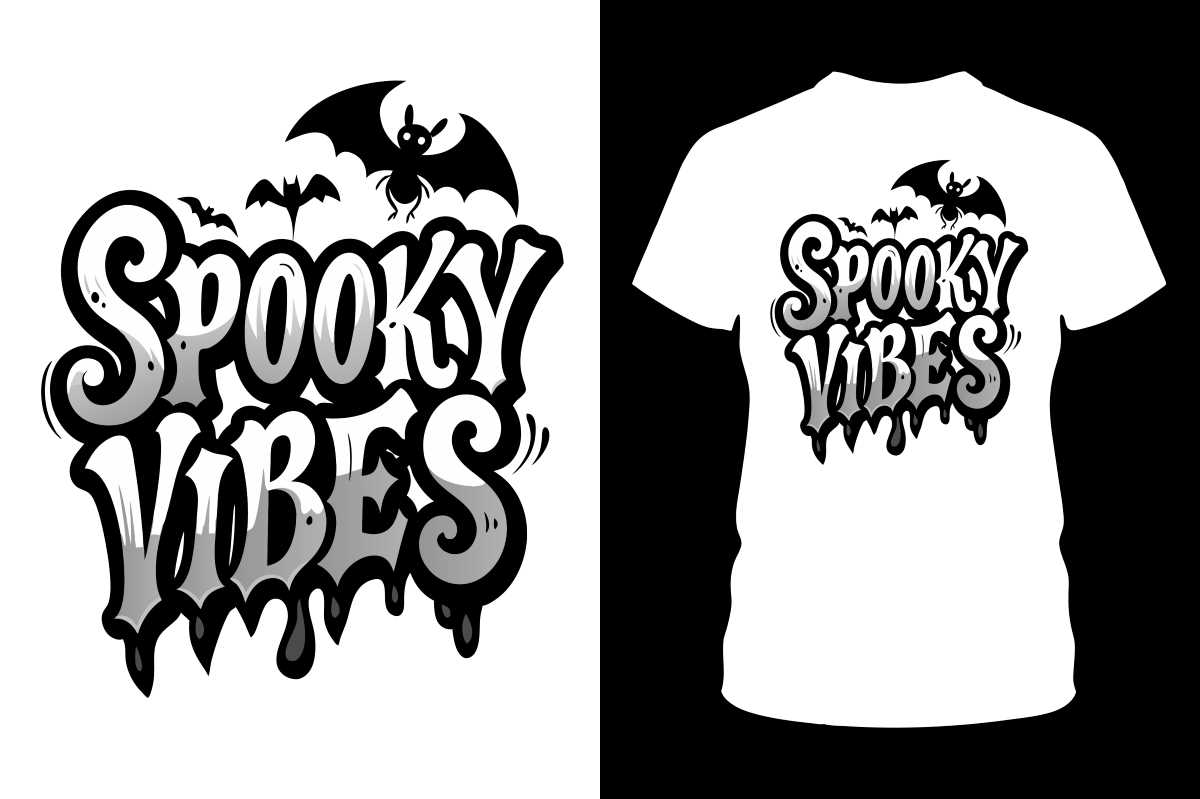DTF printing, or Direct-to-Film printing, is revolutionizing the world of custom designs with its ability to deliver vibrant, high-quality prints on various fabric materials. This innovative printing technique has gained immense popularity among both amateur and professional designers, thanks to its versatility and efficiency in creating intricate designs that truly stand out. In this introduction to DTF printing, we will share essential Direct-to-Film printing tips that can help you perfect your craft. By understanding the DTF transfer process and the importance of using high-quality DTF inks, you can elevate your apparel to new heights. Dive into the best practices for DTF apparel and witness how designing for DTF printing can transform your creative vision into reality.
The modern era of digital printing has brought forth new methods that cater to creative professionals looking to enhance their output, and one such method is the Direct-to-Film transfer technique. This approach allows for seamless imagery to be printed directly onto a special film, which is then heat-applied to various textiles, resulting in colorful and detailed designs. Designers and manufacturers can benefit from mastering the intricacies involved in this innovative process, particularly when it comes to optimizing print quality and ensuring that their creations are both durable and visually appealing. Understanding the nuances of selecting the right materials, such as high-quality films and inks, as well as the appropriate transfer techniques, can streamline the workflow and ultimately lead to exceptional end products. As you explore the dynamic world of DTF printing, you will discover how it can redefine your approach to custom apparel and graphic design.
Understanding the DTF Transfer Process
The DTF transfer process is a crucial step in achieving high-quality prints on various fabrics. It begins with printing the desired design onto a special PET film using high-quality DTF inks. Once printed, the film is then coated with an adhesive powder that bonds to the print. After this process, the film is heated to cure the adhesive, ensuring that it adheres properly to the fabric during the heat transfer stage. This method not only provides vibrant colors but also ensures long-lasting durability that surpasses traditional screen printing techniques.
When executing the transfer, the heat press should be set to approximately 320°F (160°C), and the transfer should be pressed for 15-20 seconds depending on the fabric type. It is essential to apply even pressure throughout the pressing to ensure complete adhesion of the transfer to the fabric. Many users recommend performing test runs with different pressure levels and time settings to perfect the application for specific materials, ensuring an optimal transfer that retains the integrity of colors and sharpness in the design.
Frequently Asked Questions
What are the key Direct-to-Film printing tips for beginners?
For beginners in DTF printing, start by selecting high-quality PET film and matching inks to your printer’s specifications. Ensure your designs are optimized by using a resolution of at least 300 DPI and test ICC color profiles for accurate color output. Finally, undergo practice runs to ensure proper settings and techniques are mastered before committing to larger projects.
How do I prepare designs for DTF printing effectively?
When designing for DTF printing, make sure to create graphics at a minimum resolution of 300 DPI. Utilize vector graphics when possible to avoid pixelation, and optimize color settings by applying the correct ICC profiles for your DTF printer. This preparation ensures sharp, vibrant designs that maintain quality during transfer.
What are the best practices for DTF apparel?
Best practices for DTF apparel include using high-quality DTF inks and heat transfer films to ensure color fidelity and durability. Always print in mirror mode and test heat press settings specific to your material—commonly set at 320°F for about 15-20 seconds. Post-print care, such as washing printed items inside out in cold water, helps prolong the life of your DTF prints.
What does the DTF transfer process involve?
The DTF transfer process involves printing your design onto a special film, applying a layer of adhesive powder, and then heat-pressing it onto the fabric. Proper heat settings, typically around 320°F for 15-20 seconds, and even pressure during application are essential for achieving vibrant and durable results. Conducting test transfers is recommended to fine-tune your process.
What are some trends in DTF printing to watch out for?
Current trends in DTF printing include the rise of custom apparel, with businesses leveraging DTF technology for personalized designs. Innovations like improved adhesive powders and eco-friendly inks are becoming more popular, reflecting consumer preferences for sustainable products. Keeping up with these trends can help you stay competitive in the market.
How important are high-quality DTF inks for successful printing?
High-quality DTF inks are crucial for successful printing as they directly affect the vibrancy and durability of the final product. Brands like InkOwl and Specialty Graphics are known for their superior color quality and consistency. Using reputable inks that match your printer’s specifications can significantly enhance your printing output and overall design quality.
| Key Point | Description |
|---|---|
| What is DTF Printing? | A modern digital printing technique that transfers images to fabric via heat-pressed special film, enabling vibrant colors and durability. |
| Choosing the Right Film and Ink | Use high-quality PET films and compatible DTF inks for optimal results. Brands like KATANA and InkOwl are recommended. |
| Design Preparation | Prepare designs with a minimum resolution of 300 DPI using software like Adobe Illustrator or CorelDRAW, preferably with vector graphics. |
| Optimization for Printing | Use the correct ICC color profiles, print in mirror mode, and adjust settings for higher ink volume for vibrant results. |
| The Transfer Process | Use heat press settings of 320°F for 15-20 seconds for optimal adhesion, applying even pressure. |
| Post-Printing Care | Ensure transfers are cured before washing, wash inside out with cold water to prolong the life of prints. |
| Trends in DTF Printing | Growth in custom apparel and demand for sustainability are driving innovation in the DTF printing market. |
Summary
DTF printing is a revolutionary printing technique altering the landscape of custom apparel. It’s an approach that allows for high-quality transfers onto a variety of fabrics, which has become increasingly relevant. By understanding the key components of DTF printing, such as the right materials and meticulous process, you can create magnificent designs that endure. Whether you’re new to the craft or have some experience, it’s essential to stay informed about best practices to harness the full potential of DTF printing. The evolving industry trends, including the increasing shift towards sustainable materials and personalization, further enhance the relevance of this innovative technique. Embrace DTF printing to stand out and make a lasting impression with your designs.



